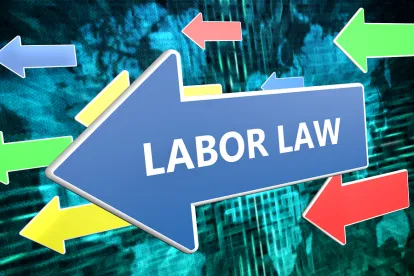Where an employee works outside the jurisdiction where the decision-maker is located, which location’s law applies? A recent decision by a New York federal court in Amaya v. Ballyshear LLC confirms that a key factor is the location of the impact of the alleged discriminatory conduct. In Amaya, plaintiff worked outside the City of New York, but sought to assert claims under the far more protective New York City Human Rights Law (CHRL). Nevertheless, she claimed to have four significant connections that would allow her to sue under the CHRL: (1) the decisions to hire and fire her took place at the employer’s City office; (2) she attended meetings in the City office; (3) she interacted frequently via telephone with supervisors in the City, who monitored her; and, (4) she “could have” been asked to work at a City location as a requirement of her job. The Court rejected all of these arguments, holding that one must look to the location where the impact on the terms and conditions of employment is felt, not where the discriminatory acts were decided or took place.
Federal District Court: Location of Employment Governs Applicable Law
Wednesday, January 30, 2019
Current Public Notices
Published: 12 August, 2025
Published: 11 August, 2025
Published: 11 August, 2025
Published: 8 August, 2025
Published: 8 August, 2025
Published: 30 July, 2025
Published: 29 July, 2025
Published: 28 July, 2025
Published: 23 July, 2025
Published: 21 July, 2025
Published: 18 July, 2025
Published: 10 July, 2025
Published: 26 June, 2025




 />i
/>i

